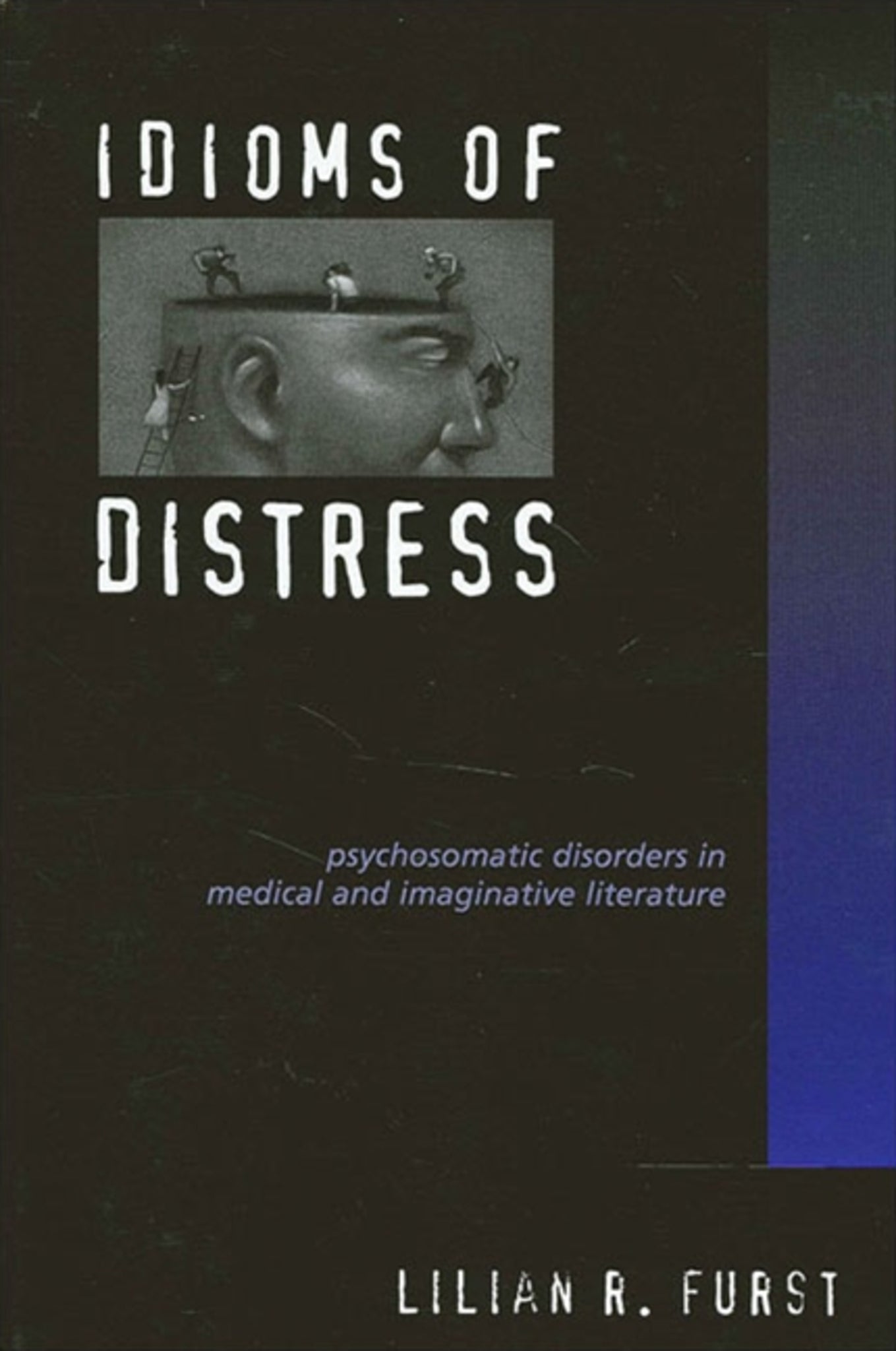We're sorry. An error has occurred
Please cancel or retry.
Idioms of Distress

Some error occured while loading the Quick View. Please close the Quick View and try reloading the page.
Couldn't load pickup availability
- Format:
-
24 October 2002

Traces portrayals of psychosomatic disorders in medical and imaginative literature of the nineteenth and twentieth centuries.
This interdisciplinary study examines the enigmatic category of psychosomatic disorders as articulated in medical writings and represented in literary works of the nineteenth and twentieth centuries. Six key works are analyzed: Hawthorne's The Scarlet Letter, Émile Zola's Thérèse Raquin, Thomas Mann's Buddenbrooks, Arthur Miller's Broken Glass, Brian O'Doherty's The Strange Case of Mademoiselle P., and Pat Barker's Regeneration. Each is a case study in detection as the hidden sources of bodily ills are uncovered in intra- or interpersonal conflicts such as guilt, family tensions, and marital discord. The book fosters a better understanding of these puzzling disorders by revealing how they function simultaneously as masks and as manifestations of inner suffering.


Preface
Hiding and Seeking Distress
1. Speaking through the Body
2. Swings of the Historical Pendulum
3. The Mysterious Leap
4. Literary Patients
Metaphors of Distress
5. "A Strange Sympathy betwixt Soul and Body": Nathaniel Hawthorne, The Scarlet Letter (1850)
6. Nerves: At the Interstices of Physiology and Psychology: Emile Zola, Thérèse Raquin (1867)
7. "A Sick Spot on the Body of our Family": Thomas Mann, Buddenbrooks (1900)
8. "Legs Turned to Butter": Arthur Miller, Broken Glass (1994)
9. Substance and Shadow: Brian O'Doherty, The Strange Case of Mademoiselle P. (1992)
10. Shell Shock: Pat Barker, Regeneration (1991)
11. Outing the Distress
Notes
Bibliography
Index



